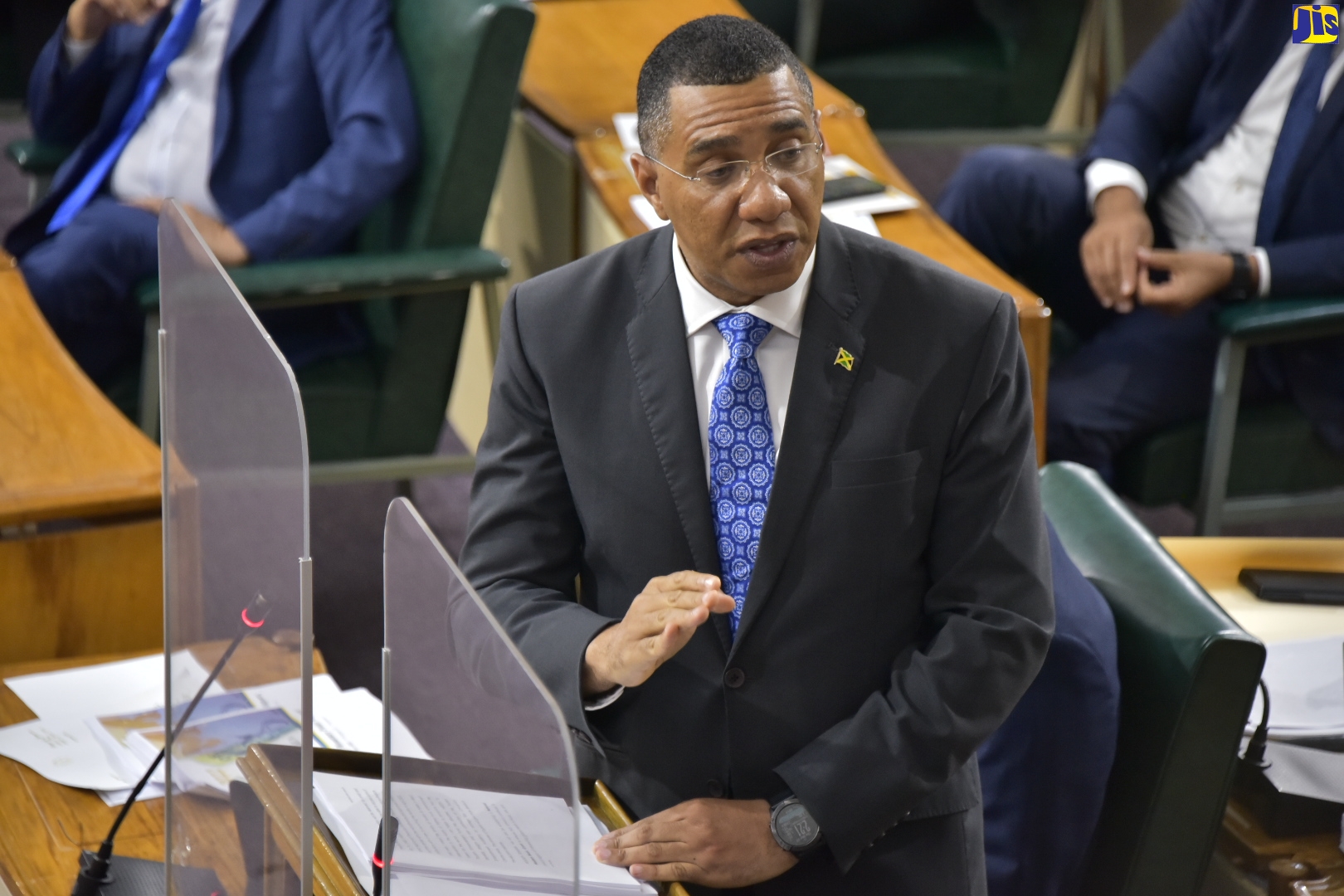No Mining in Cockpit Country Protected Area
By: , March 19, 2022The Key Point:
The Facts
- “This designation of the Black River Protected Area will preserve the natural and cultural heritage of the area, including the swamp forest, mangroves, beaches, seagrass (beds) and coral reefs,” he said.
- “The Government has already identified 16 such areas, nine of which will be in the coastal zone. The Great Bay Area in South West St. Elizabeth, and the Dry Harbour Area in St. Ann are on the list for protection. This will mean that activities such as mining will not be permissible in these designated areas,” he said.
The Full Story
Mining and related activities will not be allowed in the segment of the Cockpit Country which has now been designated as a protected area.
This was announced by Prime Minister, the Most Hon. Andrew Holness who informed that to prevent such activities, the Government has issued the Mining (Prohibition) (Cockpit Country Protected Area) Notice, 2022.
Mr. Holness, who was making his contribution to the 2022/23 Budget Debate in the House of Representatives on Thursday (March 17), said 78,024 hectares of the Cockpit Country has been declared a protected area under the Natural Resources Conservation Authority Act.
“It is important to note that the protected area is approximately 3,292 hectares larger than the 74,726 hectares which was announced in 2017,” he said.
Mr. Holness noted that the Cockpit Country Protected Area is the island’s largest terrestrial protected area and overall, the second largest protected area after the Portland Bight Protected Area which spans 187,615 hectares of both terrestrial and marine areas.
The Convention on Biological Diversity, to which Jamaica is a Party, defines a protected area as a clearly defined geographical space, recognised, dedicated and managed through legal or other effective means, to achieve the long-term conservation of nature with associated ecosystem services and cultural values.
The Prime Minister pointed out that to facilitate an accurate definition of the boundary of the Cockpit Country Protected Area, a ground truthing exercise was undertaken.
This activity commenced in July 2018 and was completed in December 2021. The exercise involved surveying the area and installing geo-referenced permanent markers along 77 per cent of the boundary and using outstanding topographical features to delimit the remaining 23 per cent.
“We have had reports of persons disturbing the markers which were used to define the area…we will be strict in prosecuting persons who do,” the Prime Minister warned.
He pointed out that the work to have the Cockpit Country declared a protected area is in keeping with the country’s target of having 30 per cent of its landmass and 30 per cent of its marine areas protected by 2030, as a member of the High Ambition Coalition for Nature and People which has set this goal.
“These targets reflect Jamaica’s clear ambition to double the targets currently agreed on by the United Nations Environment Programme of 15 per cent,” he said.
In the meantime, Mr. Holness informed that the order to designate the Black River Protected Area in St Elizabeth has been gazetted which means it has now been brought into effect.
“This designation of the Black River Protected Area will preserve the natural and cultural heritage of the area, including the swamp forest, mangroves, beaches, seagrass (beds) and coral reefs,” he said.
The Prime Minister noted that in the upcoming financial year, the Government will also move forward with the protection of the Pedro Cays and the surrounding waters.
“The work in this area is far advanced and will protect 88,200 hectares of land and marine area,” he said.
In addition, Mr. Holness said the Government will move to create a designation under the NRCA Act for Ecologically Sensitive areas. This, he noted, will provide a greater level of protection for areas with particular environmental sensitivities.
“The Government has already identified 16 such areas, nine of which will be in the coastal zone. The Great Bay Area in South West St. Elizabeth, and the Dry Harbour Area in St. Ann are on the list for protection. This will mean that activities such as mining will not be permissible in these designated areas,” he said.


